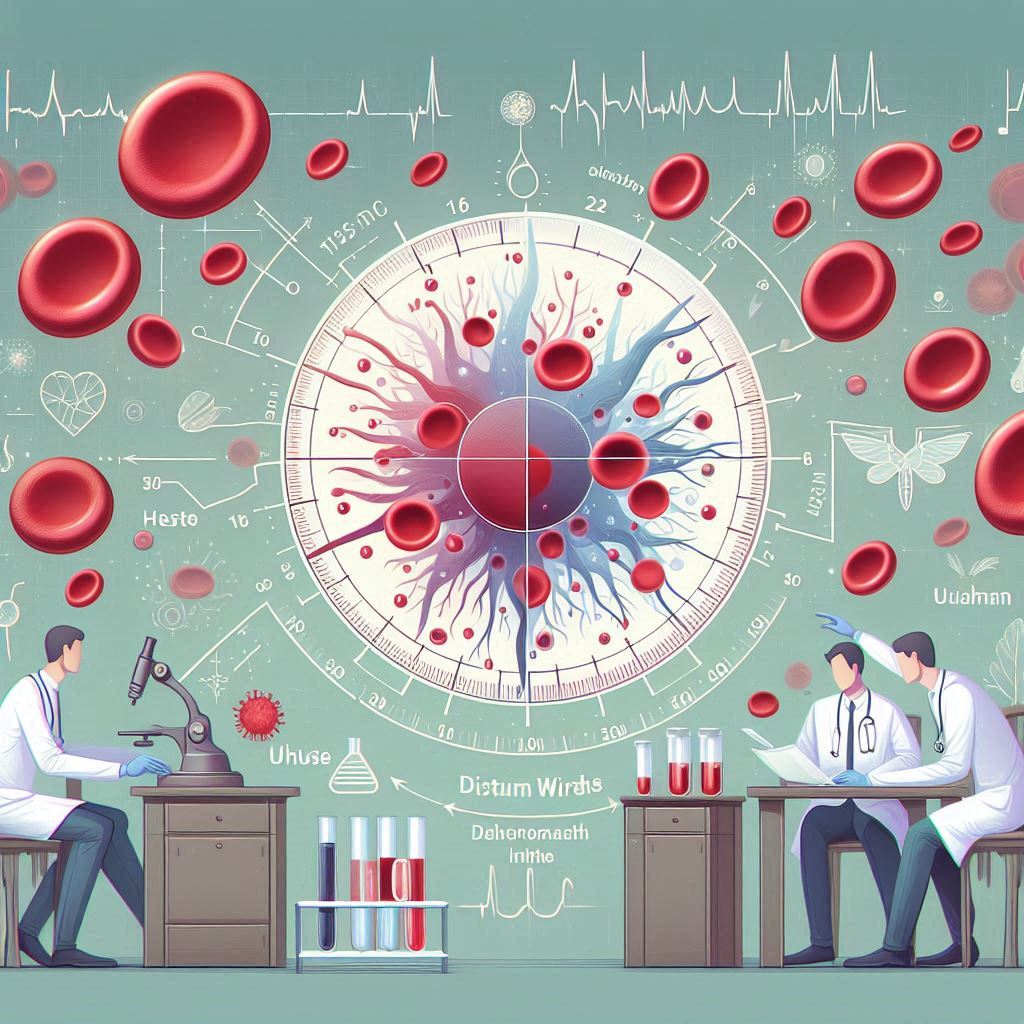Red Platelet Dispersion Width RDW is a significant measure in blood tests that can uncover significant data about your wellbeing. Frequently eclipsed by additional generally recognized measurements like circulatory strain or cholesterol levels, RDW can give key bits of knowledge into your body’s general condition. This article plans to make sense of RDW, its importance, and what levels are viewed as perilous, all in simple-to-understand language.
What is RDW?
RDW represents Red Platelet Conveyance Width. It measures the degree of variety in the size and volume of red platelets (RBCs) in a blood test. RBCs are committed to giving oxygen from the lungs to the remainder of the body and returning carbon dioxide for exhalation. Ideally, RBCs should be uniform in size, as this ensures they are capable of oxygen transport. RDW is accounted for as a rate, showing how much variety there is in the size of the RBCs.
Why is RDW Important?
RDW is an important diagnostic tool for several reasons:
- Early Detection of Anemia: High RDW levels can demonstrate various sorts of weakness. Frailty is a condition where you need more solid red platelets to convey sufficient oxygen to your tissues. Normal side effects include fatigue, shortness of breath, and windedness.
- Nutritional Deficiencies: A high RDW could indicate a lack of fundamental supplements like iron, vitamin B12, or folate. These supplements are essential for the creation of solid red platelets.
- Chronic Diseases: RDW can be a marker of constant circumstances like coronary illness, liver sickness, and, surprisingly, some tumors. It can assist specialists in grasping the seriousness of these circumstances.
- Monitoring Overall Health: Ordinary checking of RDW can assist with following changes in wellbeing status over the long haul, giving bits of knowledge into how well the body is working and answering medicines.
How is RDW Measured?
RDW is customarily assessed as an element of a Complete Blood Count (CBC) test, which is a regular blood test that activities various components of your blood, including red and white blood cells, hemoglobin, hematocrit, and platelets. The RDW is not entirely settled by differentiating the size of the largest and smallest red platelets in a blood test.

Understanding RDW Levels
RDW values are normally communicated as a rate.The common reach for RDW is consistently some place in the scope of 11.5% and 14.5%. In any case, this compass can contrast to some degree dependent upon the examination office and the specific people being attempted.
What RDW Levels are Considered Dangerous?
While the typical RDW range is 11.5% to 14.5%, values outside this range can show potential medical problems.
- High RDW Levels:
- RDW above 14.5%: High RDW levels can show a higher variety in the size of red platelets. This is in many cases an indication of different kinds of weakness, including irodeficiencyck paleness, vitamin B12 deficiency, frailty, and folate inadequacy, sickliness. It can likewise be related to ongoing circumstances like coronary illness and liver disease.
- RDW above 15%: Fundamentally high RDW levels (above 15%) are especially disturbing as they frequently show serious medical problems. For example, it might recommend a mix of various kinds of iron deficiency, or it very well may be an indication of bone marrow problems, where the body’s capacity to create red blood cells is impaired.
- Low RDW Levels:
- RDW below 11.5%: While more uncommon, low RDW levels can happen. They frequently show a uniform size of red platelets, which is, for the most part, a decent sign. Notwithstanding, now and again, it might show a hidden issue with red blood cell production that requires further examination.
Factors Affecting RDW
A few variables can influence RDW levels, including:
- Age: RDW levels can normally increase with age.
- Diet: Unfortunate nourishment, particularly a lack of iron, vitamin B12, and folate, can build RDW.
- Constant Sicknesses: Conditions like coronary illness, liver infection, and kidney illness can impact RDW.
- Aggravation: Ongoing irritation in the body can likewise prompt higher RDW levels.
- Hereditary qualities: A few hereditary circumstances can influence red platelet size and RDW.
What to Do If Your RDW Levels Are Abnormal
If your RDW levels are outside the typical range, it means a lot to work with your medical services supplier to determine the underlying ..cause Here are a few stages that may be taken:
- Further Testing: Extra blood tests and indicative methods might be expected to pinpoint the reason for strange RDW levels.
- Nourishing Evaluation: In the event that a lack of healthful is thought, your primary care physician could suggest dietary changes or enhancements.
- Overseeing Ongoing Circumstances: In the event that a constant illness is adding to high RDW, it is pivotal to deal with the fundamental condition. This could incorporate drugs, way of life changes, or different medicines.
- Customary Checking: Ceaseless observing of RDW and other blood boundaries can assist with following your wellbeing over time and guarantee any issues are tended to immediately.
Conclusion
Red Platelet Dispersion Width (RDW) is a significant measurement in understanding and checking, generally spspeakingoverall hhealthlow RDW levels can demonstrate different medical problems, from nutritional deficien infectionsections. Customary check-ups and blood tests, including RDW estimation, are fundamental for early identification and effective management of potential medical conditions. Assuming your RDW levels are strange, it’s essential to talk with your medical care provider to decide the best strategy and keep up with ideal health.


